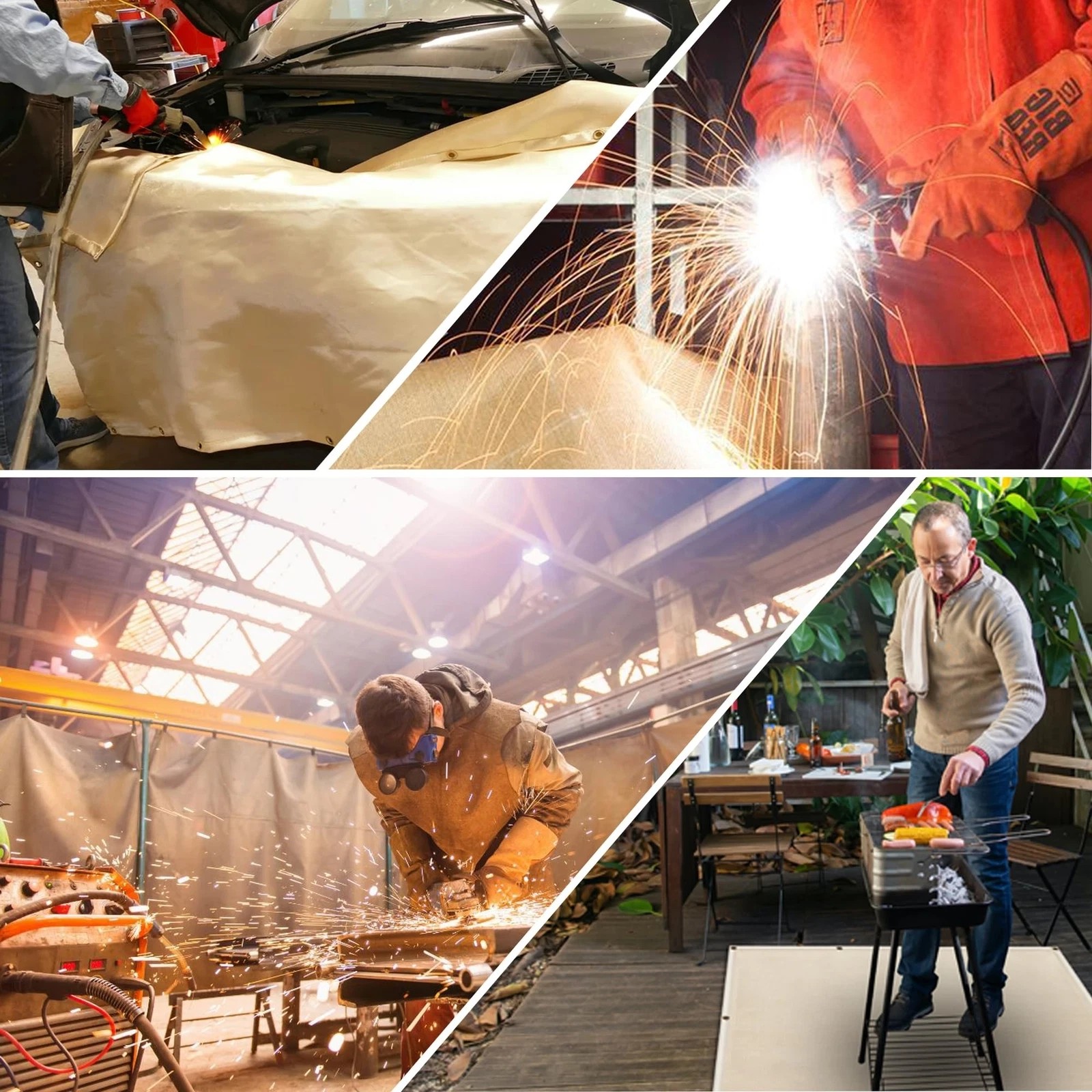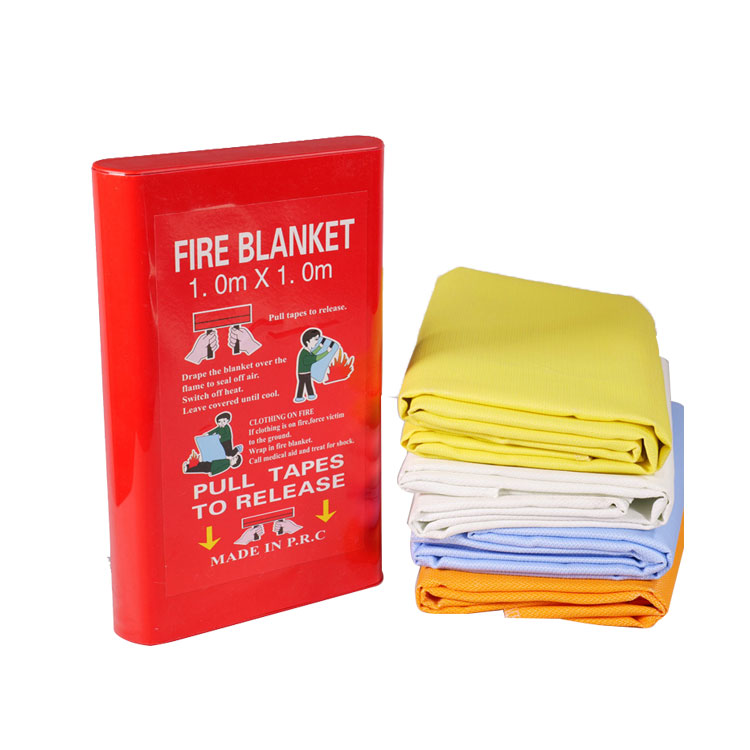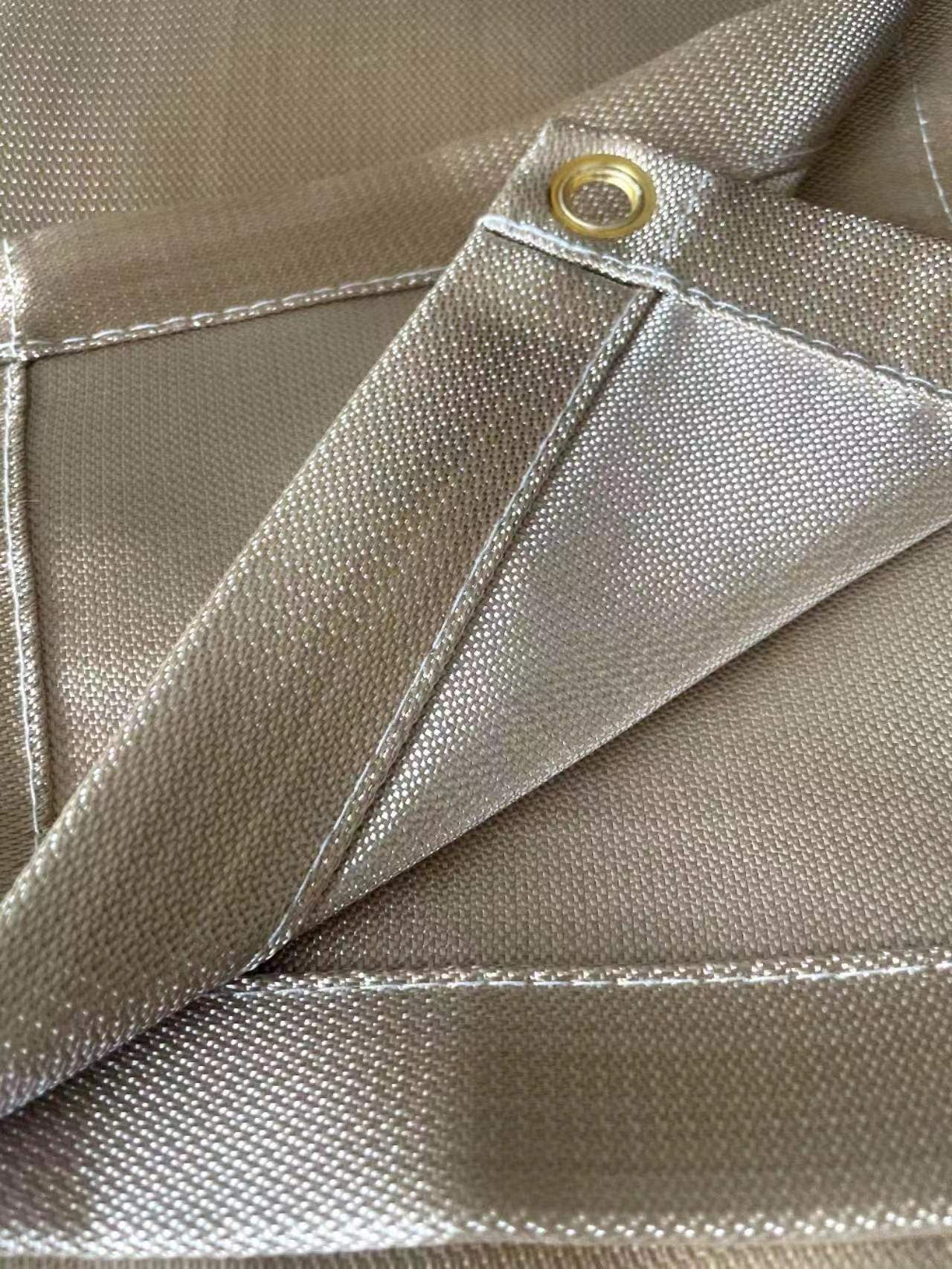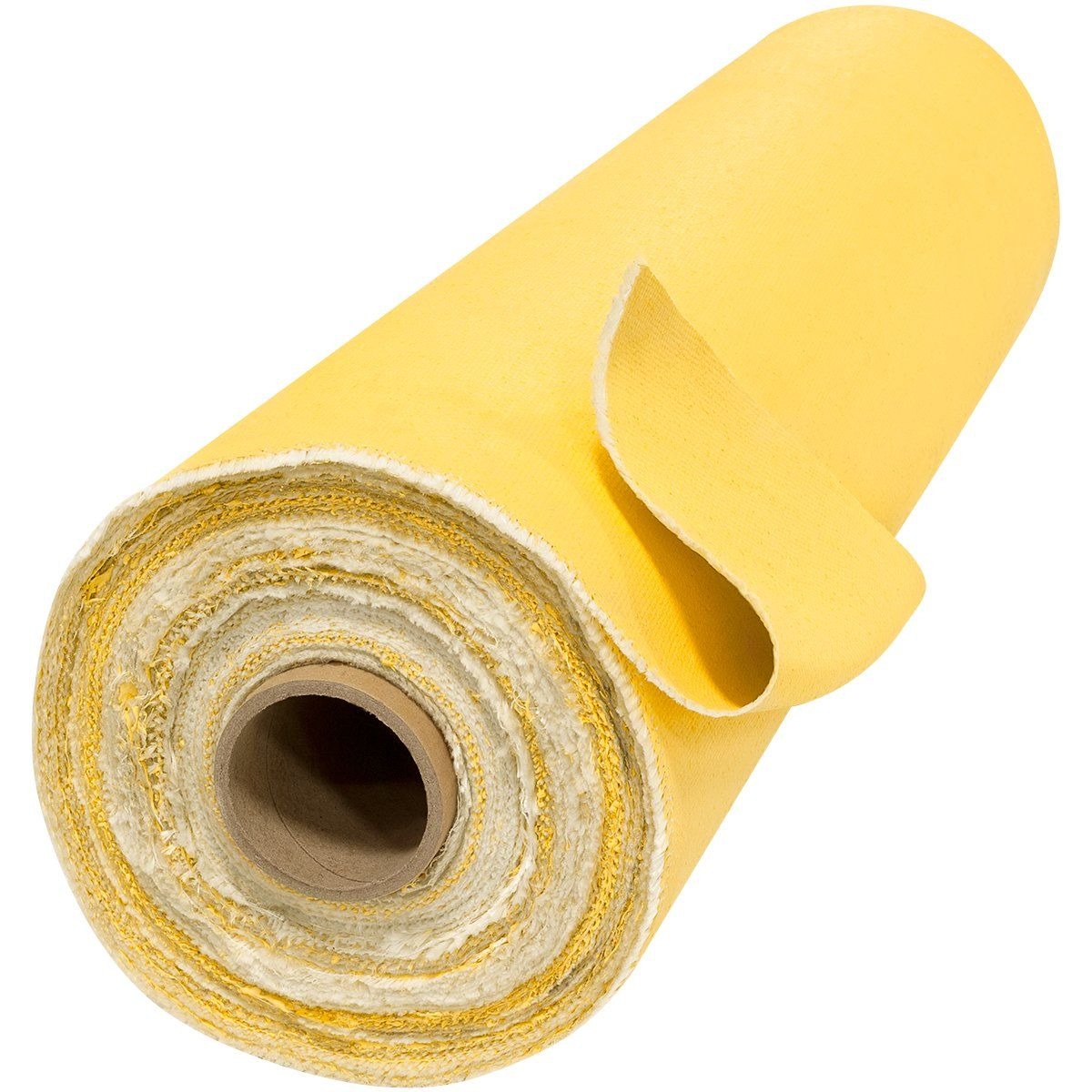Quilted Welding Blanket Guide: Safety & Heat Protection Tips
Summary:Quilted welding blankets protect against sparks, slag and heat. This guide explains their materials, uses, safety benefits, and how to choose the right one for your welding projects.
What Is a Quilted Welding Blanket?
Quilted welding blankets are specialized protective covers made from heat-resistant materials stitched in a quilted pattern. The quilted design creates air pockets that provide superior insulation against extreme temperatures up to 2,000°F (1,093°C). Unlike regular tarps, these blankets won't melt when exposed to welding sparks or molten metal.
Key Benefits of Using Quilted Welding Blankets
When you're welding, safety should always come first. Here's why quilted welding blankets are essential:
- Fire protection:They prevent sparks from igniting nearby flammable materials
- Heat shielding:The thick, quilted layers block radiant heat effectively
- Slag containment:Catches falling molten metal droplets safely
- Reusable:Unlike disposable covers, quality blankets last for years
- Versatile:Can protect floors, equipment, or create welding curtains
Materials Used in Quality Quilted Welding Blankets
The best quilted welding blankets combine multiple protective layers:
- Fiberglass:Most common base material, resistant to temperatures up to 1,000°F
- Silica:For higher temperature applications (up to 2,000°F)
- Vermiculite:Lightweight alternative with good heat reflection
- Stainless steel thread:Used for quilting to prevent melting
Cheaper blankets may use inferior materials that degrade quickly. Always check the temperature rating before purchasing.
How to Choose the Right Quilted Welding Blanket
Consider these factors when selecting your welding blanket:
- Temperature rating:Match it to your welding process (MIG, TIG, or stick welding)
- Size:Standard sizes range from 4'x6' to 12'x12' - choose based on your work area
- Thickness:Thicker blankets (1/4" or more) offer better protection
- Edge treatment:Look for reinforced edges with grommets for hanging
- Color:Some industries require specific colors for safety identification
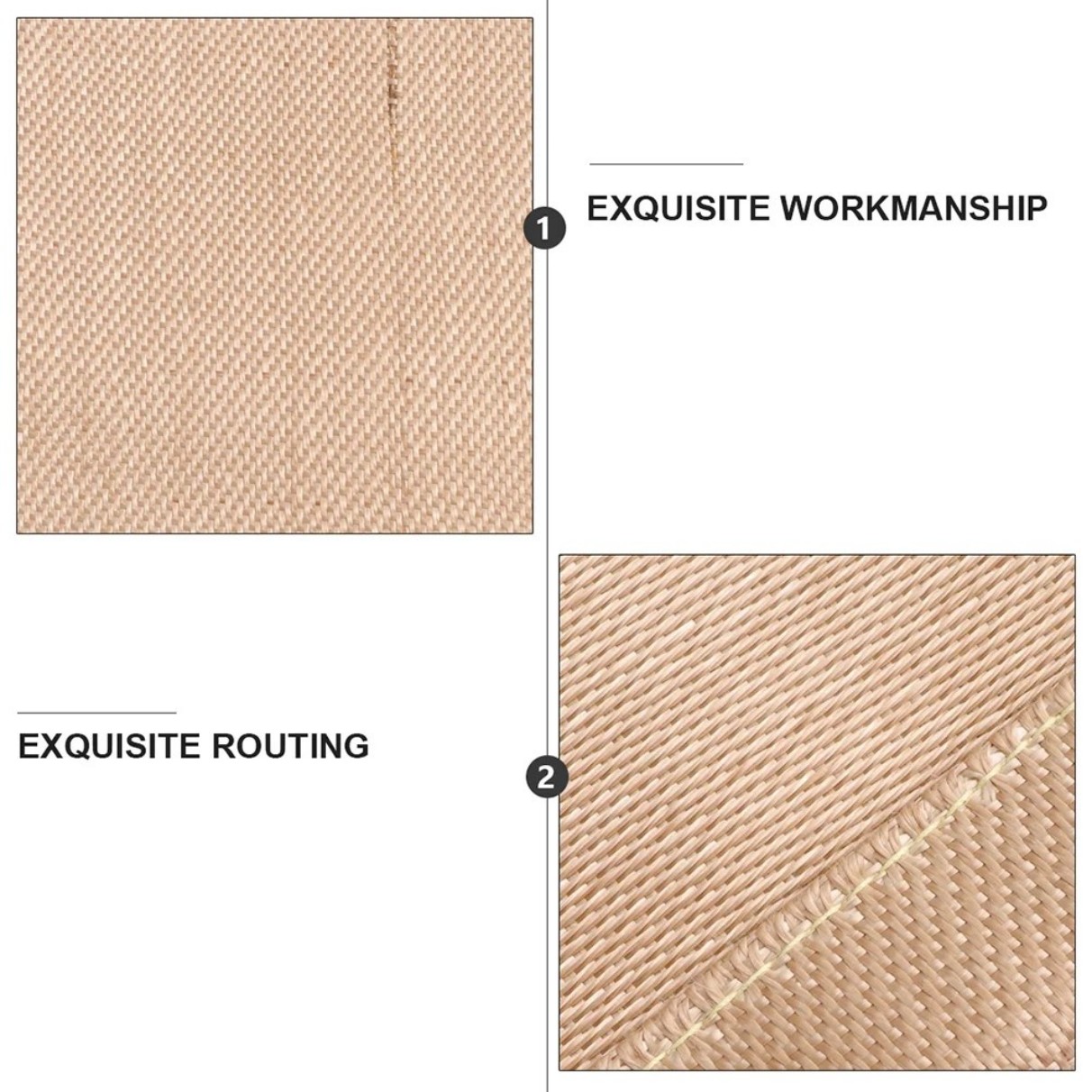
Proper Use and Maintenance Tips

To get the most from your quilted welding blanket:
- Inspect for damage before each use - replace if there are holes or frayed edges
- Keep it clean - shake off slag and dust regularly
- Store properly - hang or roll, don't fold (folding weakens the material)
- Never use water to extinguish sparks on the blanket - let them burn out
- Replace when the material becomes stiff or brittle
Beyond Welding: Other Uses for Quilted Blankets
While designed for welding, these versatile blankets also work for:
- Foundry work and metal casting protection
- Fireplace and wood stove heat shields
- Grill and barbecue safety barriers
- Hot work area containment in construction
- Emergency fire blankets (check ratings first)
Safety First: What Quilted Welding Blankets Can't Do
While extremely useful, remember that quilted welding blankets have limitations:
- They don't replace proper PPE (always wear gloves, helmet, etc.)
- Not designed for direct contact with open flames
- Can't protect against all chemical splashes
- Won't stop large falling objects
For maximum safety, combine your quilted welding blanket with other protective measures appropriate for your specific work environment.
Investing in Quality Pays Off
A good quilted welding blanket might cost more initially, but it will outlast multiple cheap alternatives. Look for reputable brands that disclose their materials and temperature ratings clearly. Proper care can extend your blanket's lifespan to 3-5 years of regular use, making it one of the most cost-effective safety investments for your workshop.


